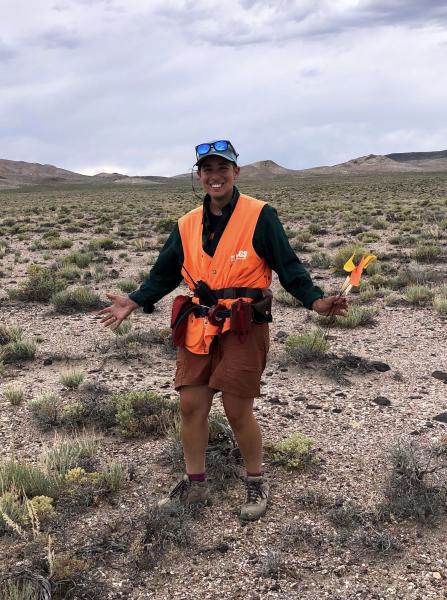What can dirt tell us about the earthquake cycle?
Alex Hatem
USGS

- Date & Time
- Location
- Online-only seminar via Microsoft Teams
- Host
- Austin Elliott
- Summary
Geologic slip rates represent time-averaged fault displacement and are a handy metric to define a fault’s activity. Useful as they are, slip rates aggregate numerous earthquakes that have occurred between field-based observation points, which are typically dated offset geomorphic features (e.g. stream channels or terrace risers). This means that time-displacement paths - that is, the potentially erratic stick-slip journeys of displacement-time pairs between geomorphic features - are usually unknown.
Here, I present a field study of incremental geologic slip rates along the Hope fault (Marlborough fault system, New Zealand), discuss some pitfalls of geologic slip rates as a metric, and present a potential path forward toward quantifying variability when we calculate geologic slip rates. The numerical approach presented (STEPS) is a complement to geologic field observations and is a data-driven method to provide reasonable estimates of fault time-displacement histories between field measurements.
Closed captions are typically available a few days after the seminar. To turn them on, press the ‘CC’ button on the video player. For older seminars that don’t have closed captions, please email us, and we will do our best to accommodate your request.
 Jump to Navigation
Jump to Navigation